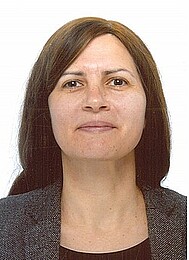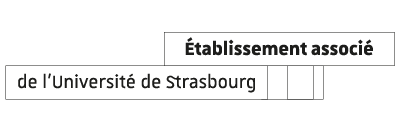Publication date: 17/12/20
ThemesNews
Different perspectives on Covid-19 research: mathematics. The epidemic poses health, economic and social problems. In order to alleviate these problems, a study based on mathematical models has highlighted the advantages of an alternating lockdown, which would have the same efficacy as the current lockdown. Nava Schulmann, a researcher with the Project Mimesis team at the Institut National de Recherche en Sciences et Technologies du Numérique (INRIA), explains.
Imagine the population of a country separated into two groups, group A and group B. In week 1, group A is free to go out, go to work, go shopping, go to a restaurant etc. in other words, to lead a normal life. In week 2, the same group is in total lockdown and cannot go outside, while group B lives a normal life. This solution, which was proposed by researchers at Bar-Ilan University in Israel, under the direction Baruch Barzel, makes it possible to reduce the Covid-19 R number to below the famous threshold of 1.
“It divides the risk of contamination by four because each individual is active for only half of the time and only meets half of the people he or she usually meets. Moreover, as the incubation period of Covid-19 is long, if the individual goes out in the first week and becomes infected, he or she will only be contagious towards the end of the week, i.e. when going into lockdown”, summarises Nava Schulmann, the only French person participating in the study.
Economic continuity
More precisely, the proposed alternation also makes regular economic activity possible, at a 50% level or more, without having to distinguish between essential and non-essential sectors. “For example, in a restaurant, the staff could be present on a rotating basis and the rest of the time they could take care of administrative tasks such as accounting.” Not to mention the social and cultural continuity and the positive psychological impact.
To achieve this result, the researchers started from a theoretical idea. “We combined the advantages of two methods that have catastrophic effects: acting as if there is nothing wrong and lockdown”, says the mathematician whose work focuses on numerical simulations. Four strategies were then developed and compared: total lockdown, alternating lockdown, total lockdown for the entire population every other week, and finally creating two groups, one that is in permanent lockdown and the other free all the time.
Standard epidemiological models
The strategies were tested using standard epidemiological models assuming a homogeneous population including the infected, the cured and those at risk of becoming sick. The researchers then improved these models by adapting them to the parameters of the Covid-19 epidemic, for example, by taking the pre-symptomatic period into account. Work was also carried out to model the encounters between various people in a more realistic way.
“And that’s when we noticed that alternating lockdown between two groups broke the patient curve and produced satisfactory results in all areas, unlike the other strategies.” The strategy still needs to be applied on a large scale. “During the first wave, 10 governments contacted Baruch Barzel but none of them took up the challenge of alternating lockdowns on a nationwide level. It was implemented at the local level, in schools and businesses.”
Marion Riegert
- For further information, go to the pre-dict website created by the researchers.

















